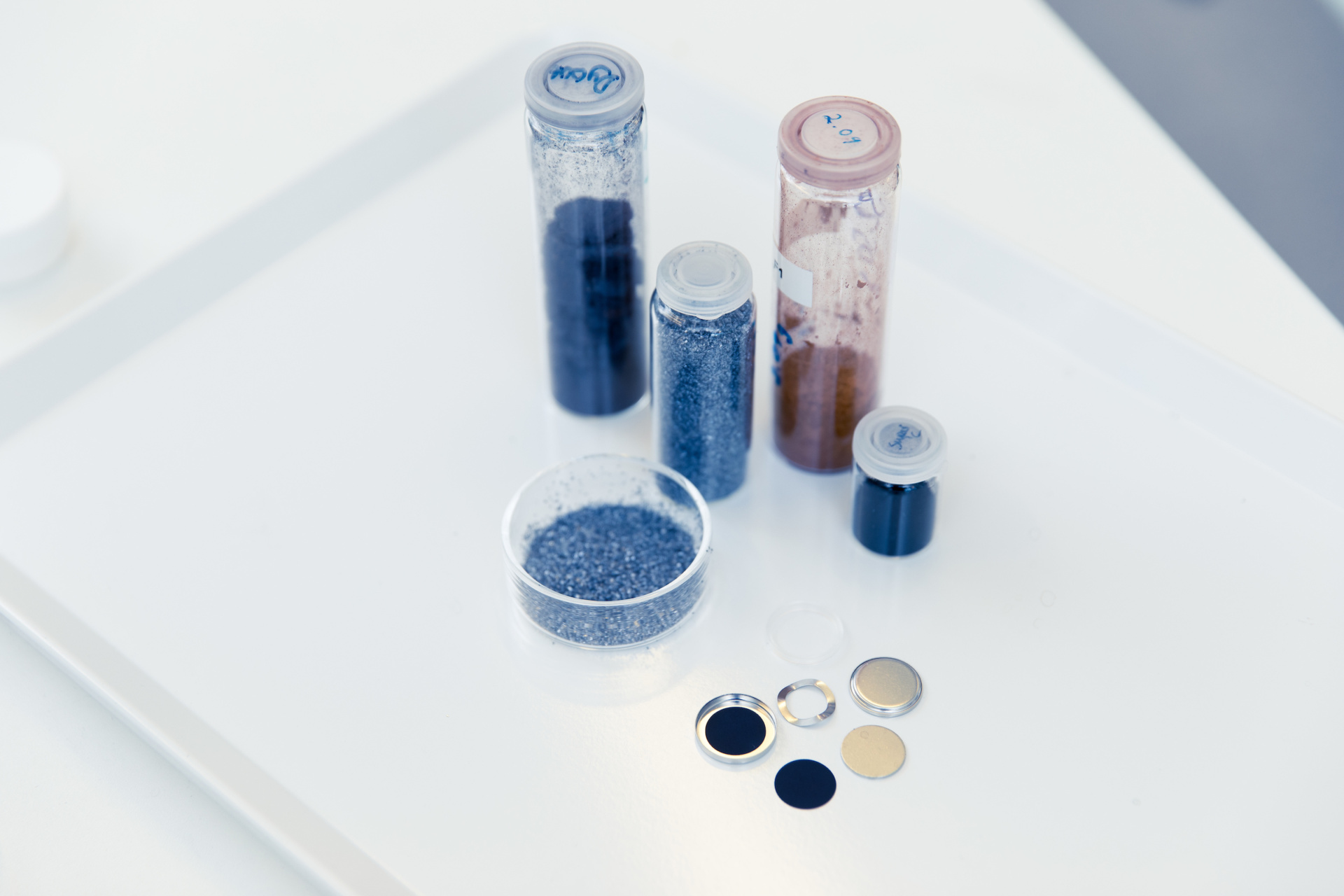SAIL
At IFE, we have developed a new silicon-based material, amorphous silicon nitride (SiNx), that intends to solve the challenges of increasing the silicon amount in the anodes of lithium-ion batteries.
This material has previously been tested in thin film electrodes, with very promising results. In SAIL we continue the development of this material towards more commercially relevant particle-based electrodes. Nanoparticles of SiNx are being produced in a reactor at IFE, and batteries with these materials are being produced and tested. To better understand how this material works when we fill it with Li-ions, we work a lot with characterizing the batteries to improve both lifetime and the energy stored. The preliminary results are promising and are showing a great performance also for commercially relevant electrodes.
SiNx material has been produced and tested in electrochemical cells. IFE has attained a lot of attention around the SiNx material, also through the Forny project SiliconX which aims at upscaling the silicon nitride technology. SAIL results have been presented at several major conferences and the first articles are published. And controllable production of SiNx with different values of x (depending on what the application needs) is now attainable. The produced particles show very little degradation when compared with pure silicon particles with different degradation pathways.
In addition to IFE, the SAIL partners are the University of Oslo and the University of Cambridge. Both universities bring extensive expertise within advanced characterization and are focusing on transmission electron microscopy (TEM) in SAIL.
The SAIL project is a researcher proposal funded by the Norwegian Research Council (project number 280885)

